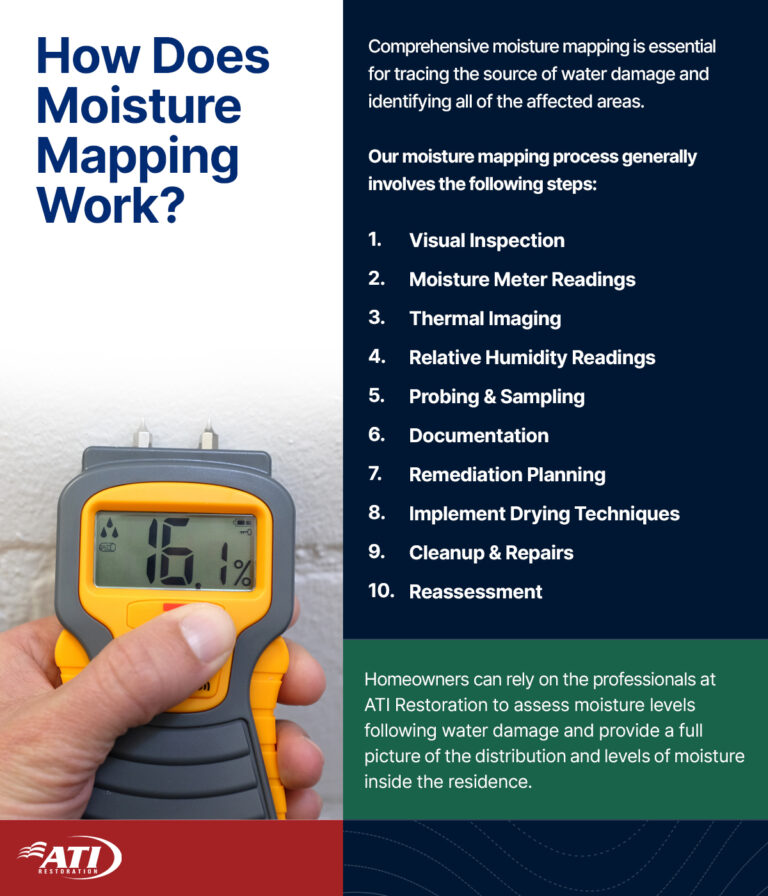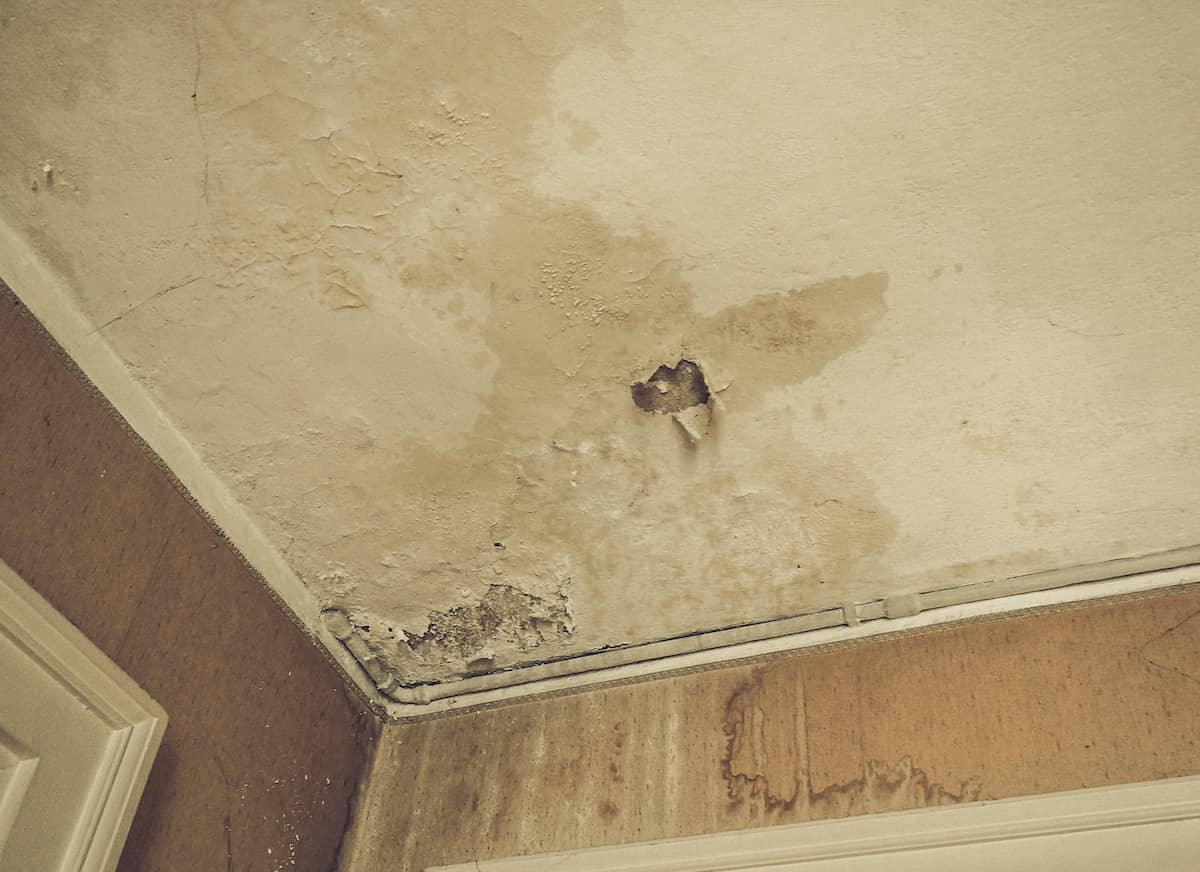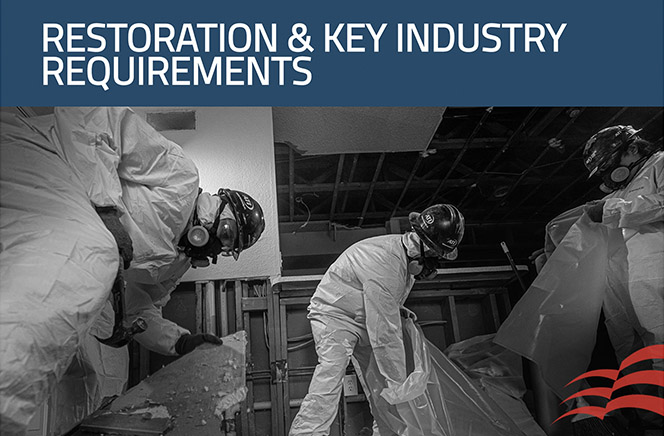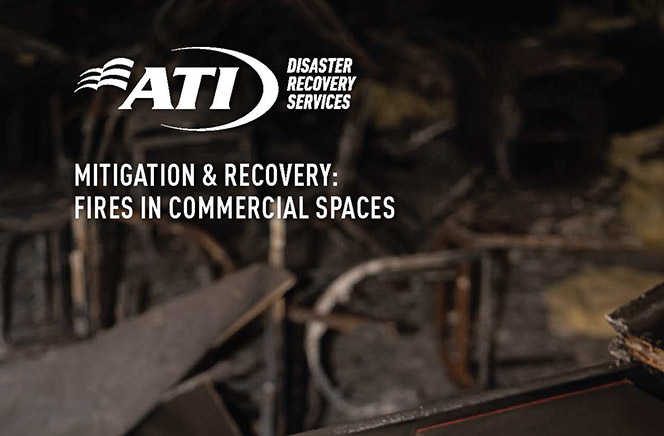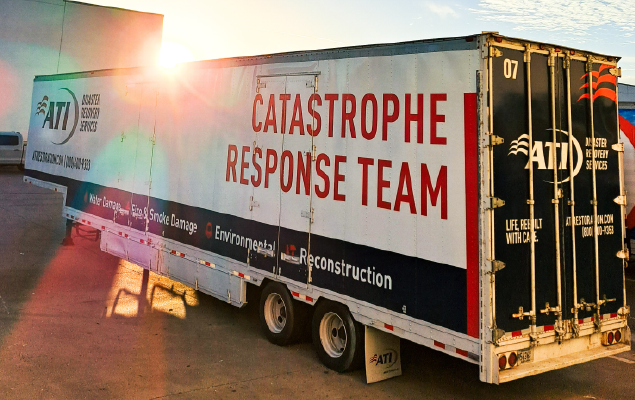Why Hire ATI Restoration for Moisture Mapping?
Any homeowner can purchase a moisture meter at the hardware store and try to map out the places with water damage inside the house. The problem with this approach is that most homeowners lack the knowledge to identify ALL impacted areas. Furthermore, the average person won’t know how to interpret the results. This limits the effectiveness of any DIY water damage remediation efforts.
Reasons to choose ATI Restoration if your home has sustained water damage or suffers from elevated moisture levels include:
Water damage is an emergency. We dispatch technicians right away to inspect your home and find areas where moisture might hide.
From infrared cameras to moisture detectors, our technology provides unparalleled accuracy.
Our IICRC-certified technicians deftly interpret moisture mapping results and use their knowledge to design effective restoration plans.
Along with evaluating moisture content, we offer a full range of services for cleaning, restoring, and rebuilding homes.
Once the restoration is underway, you can expect regular progress reports as we reduce moisture levels and remediate the water damage.
We want to get you back in your home ASAP. Our industry expertise, advanced training, and insurance claim knowledge let us work faster.
